Voeg je koptekst hier toe
Dioxide to monoxide (D2M): innovative catalysis for CO2 to CO conversion.
January 2020 – June 2021
The aim of this project is to study, explore and develop various (catalytic) technologies for the production of CO as platform chemical via conversion of CO2. A technology assessment will subsequently be carried out to evaluate the potential of each technology, pinpointing promising strategies for further development and upscaling.
Concrete objectives and criteria:
The efficiency/productivity of existing homogeneous catalytic systems for CO2 reduction to CO will be mapped out and evaluated to identify the most promising systems to achieve this reduction and to explore ways to improve its larger scale viability through detailed catalyst modification studies. The focus will be on cobalt and nickel systems containing N-heterocyclic carbene (NHC) species as ligands.
The goal of the heterogeneous catalytic conversion of CO2 to CO is to assess the potential of the oxidative propane dehydrogenation (OPD) reaction with CO2 as a soft oxidant. The main purpose here is to focus on and maximize CO2 reduction and CO formation via novel catalyst synthesis, surface engineering and investigation of catalyst support. In the field of electrocatalytic conversion of CO2 to CO we aim to (1) develop metal-based electrodes (electrocatalysts integrated in gas diffusion electrodes) exhibiting enhanced stability, (2) to investigate a novel type of metal-free electrocatalyst that can tackle the current challenges witnessed in N-doped carbons and (3) to demonstrate the continuous production of CO from CO2 by the development of a prototype lab scale reactor including the best-performing electrocatalysts developed in this project
Another goal of this project is providing a proof-of-concept for plasmonic enhanced CO2 conversion into CO in an energy-lean process involving only solar light at ambient pressure as energy input i.e. without external heating.
The objective of the plasma catalytic route for CO production is to enhance the conversion and energy efficiency of CO2 conversion in different plasma reactor types, with major focus on Gliding Arc plasma and Nanosecond pulsed discharges (NPD) plasma reactors. The project also takes up the challenge to activate CO2 and bio-CH4 and turn them into CO by combining chemical looping processes, into which catalysis is integrated, mediated by multifunctional materials (combine different functionalities into one smartly engineered material) and/or spatial organization of materials in dynamically operated packed-bed reactors.
Concrete objectives and criteria:
The efficiency/productivity of existing homogeneous catalytic systems for CO2 reduction to CO will be mapped out and evaluated to identify the most promising systems to achieve this reduction and to explore ways to improve its larger scale viability through detailed catalyst modification studies. The focus will be on cobalt and nickel systems containing N-heterocyclic carbene (NHC) species as ligands.
The goal of the heterogeneous catalytic conversion of CO2 to CO is to assess the potential of the oxidative propane dehydrogenation (OPD) reaction with CO2 as a soft oxidant. The main purpose here is to focus on and maximize CO2 reduction and CO formation via novel catalyst synthesis, surface engineering and investigation of catalyst support. In the field of electrocatalytic conversion of CO2 to CO we aim to (1) develop metal-based electrodes (electrocatalysts integrated in gas diffusion electrodes) exhibiting enhanced stability, (2) to investigate a novel type of metal-free electrocatalyst that can tackle the current challenges witnessed in N-doped carbons and (3) to demonstrate the continuous production of CO from CO2 by the development of a prototype lab scale reactor including the best-performing electrocatalysts developed in this project
Another goal of this project is providing a proof-of-concept for plasmonic enhanced CO2 conversion into CO in an energy-lean process involving only solar light at ambient pressure as energy input i.e. without external heating.
The objective of the plasma catalytic route for CO production is to enhance the conversion and energy efficiency of CO2 conversion in different plasma reactor types, with major focus on Gliding Arc plasma and Nanosecond pulsed discharges (NPD) plasma reactors. The project also takes up the challenge to activate CO2 and bio-CH4 and turn them into CO by combining chemical looping processes, into which catalysis is integrated, mediated by multifunctional materials (combine different functionalities into one smartly engineered material) and/or spatial organization of materials in dynamically operated packed-bed reactors.

